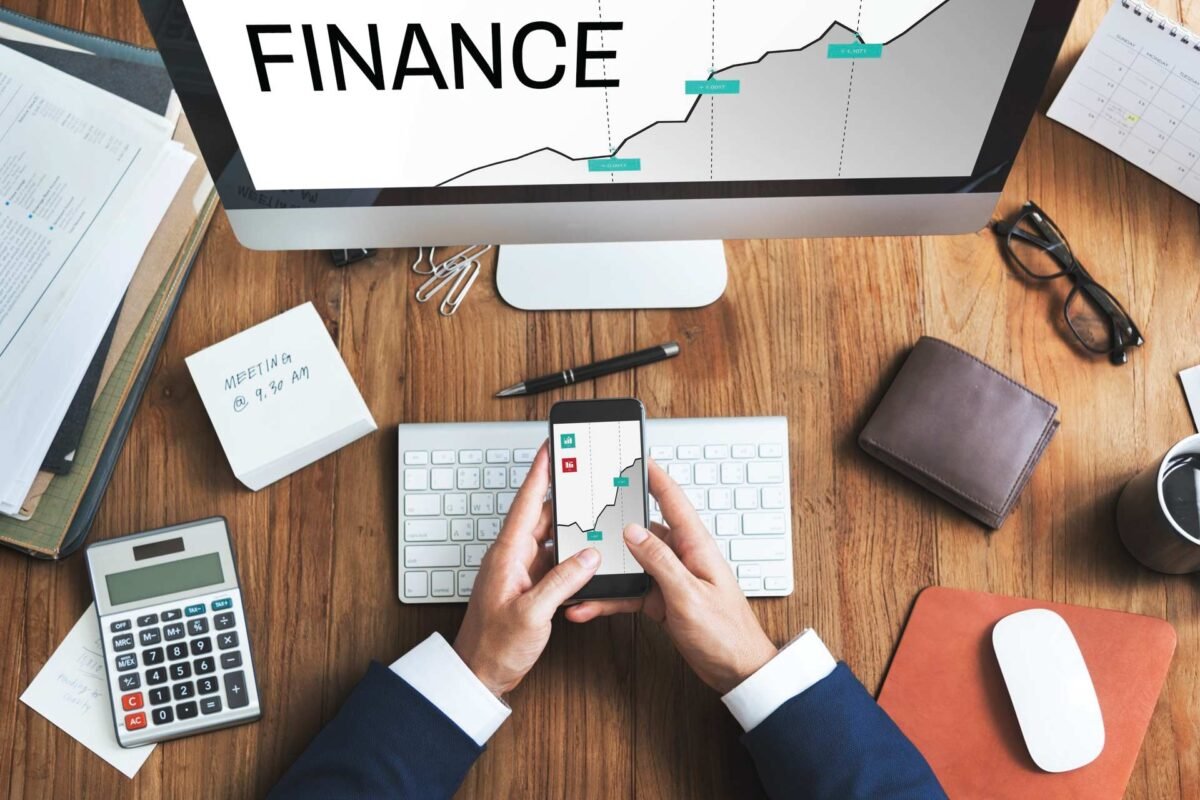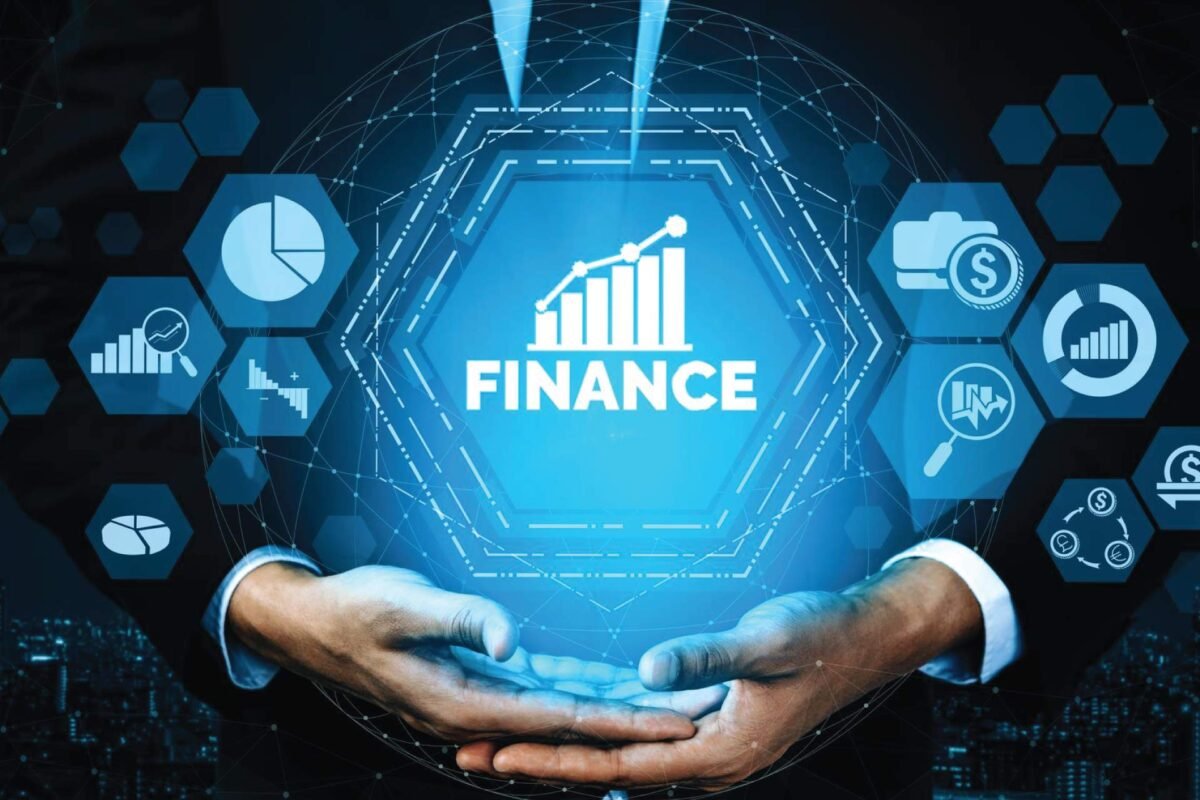As we all know, Finance institutions and banking models are undergoing massive transformation and structural changes because of peer-to-peer (P2P) disruption, which is fundamentally changing how traditional incumbents and up-and-coming startups conduct business. This transformation is escalated by a culmination of technological developments, behavioral changes, and regulatory reformation that redesign conventional banking platforms and fuel fintech innovators.
A rather substantial development in this sector is the increasing contribution of P2P lending platforms, which allow individuals and organizations to lend and borrow directly from each other without necessarily going to banks since financial mediators are no longer needed. As per studies by Statista, the world’s P2P lending market is set to experience lightning-quick growth, from $67.93 billion in 2020 to $589 billion in 2025. This shows how fast this segment is growing.
P2P lending brings alternative sources of revenue generation to the table which not only helps banks to realize the benefits of it but also encourages them to expand their product portfolio. Nowadays, instead of considering fintech startups as competitors, some banks are collaborating with them in terms of acquiring and investing in P2P lending platforms to take advantage of their technology and reach a new customer base. One example is in 2023, when JPMorgan Chase acquired a leading P2P lending platform that was subsequently incorporated into its digital banking ecosystem to provide its clientele with more lending choices and appeal to the so-called millennials and Gen Zs who prefer digital-first solutions.
In addition to this, the introduction of blockchain technology is changing the way DeFi sectors are used to provide services as it allows creation of P2P lending and borrowing platforms without the need for banks.
The P2P realm is under transformation as P2P payments are causing drastic changes into the traditional payment methods by introducing the use of digital wallets and payment apps. Companies such as PayPal, Venmo, and Square are on the rise and are now mostly used for transfers from peer to peer, simply bypassing the traditional banking structure.The eMarketer report foretells that P2P mobile payments in the USA will exceed 500 billion dollars in 2024 compared to 409 billion dollars in 2022, pointing to the fact that digital payment methods are becoming more common.
Fintech startups are at the leading edge of the trend by developing niche-oriented P2P solutions with a highly customer-oriented approach. For example, in emerging countries such as India and Africa, there are companies like Paytm and M-Pesa that use mobile technology to provide P2P payment services to the unbanked and underbanked population, driving financial inclusion and empowerment economically.
On the contrary, the development of P2P lending creates new opportunities for banks and fintech users, but with great opportunity comes the greater challenge and these institutions need to address in order to remain relevant and competitive. The regulatory scene is becoming more demanding as policymakers try to resolve concerns about consumer protection, financial stability, and anti-money laundering compliance in the P2P lending and payments sector. For example, the European Union Digital Finance Package adopted in 2023 included legislative proposals to regulate and mitigate the risks of blockchain, digital currencies, and peer-to-peer platforms in order to protect investors’ interests.
Alongside, the new era of AI and machine learning leads to banks and fintech companies changing their methods of creditworthiness, risk management, and the individual experience with P2P lending and payments. Technological tools like data and predictive analytics, which are quite effective in identifying the borrower’s creditworthiness, have rendered old date-based methods obsolete as they offer personalized loan terms that minimize default risks and improve loan performance.
The P2P banking and fintech ecosystems are seen to be undergoing fundamental changes because of technological, consumer demand, and regulatory implications. Banks and other financial technology businesses that can coexist with P2P lending and payments and see them as additional revenue streams in a digital future will be more likely to survive.
Stay Ahead of the Financial Curve with Our Latest Fintech News Updates!



